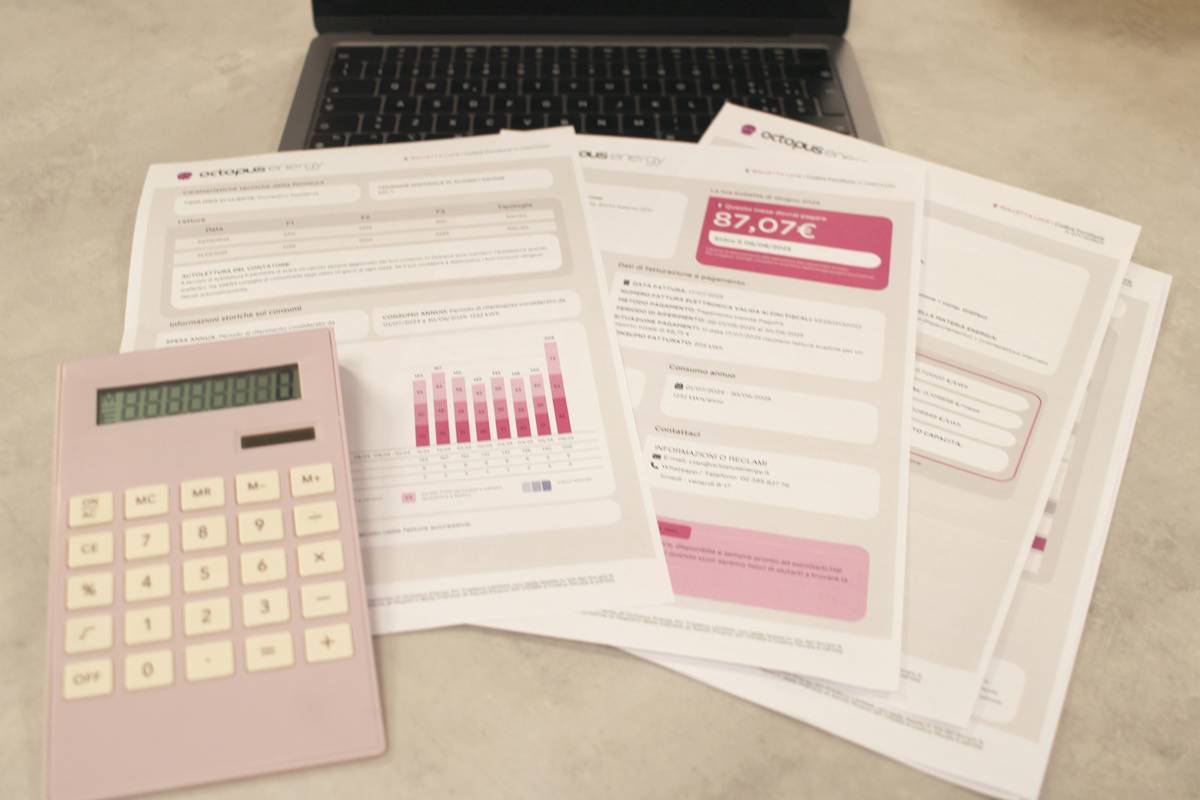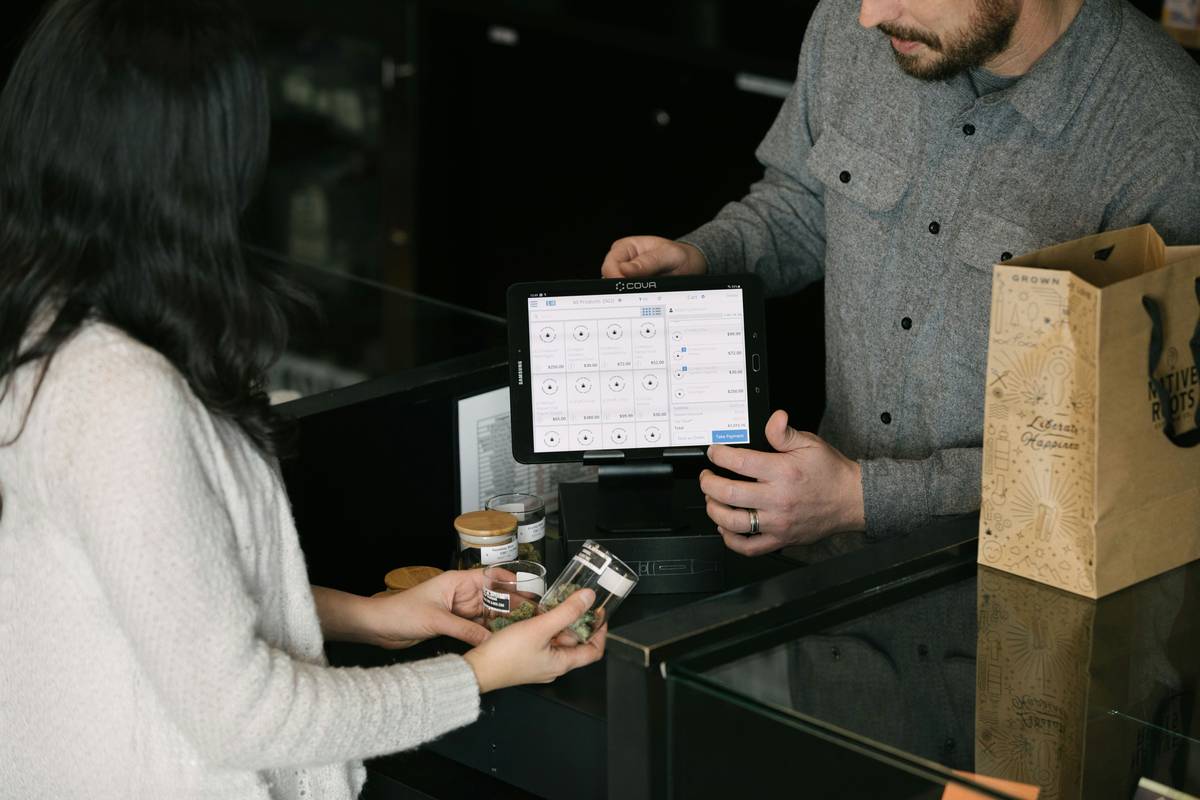Ever felt like managing finances as a couple was more complicated than assembling IKEA furniture without instructions? Yeah, us too. But what if we told you there’s a way to simplify things—like sharing one wallet but smarter? Enter the joint credit card. Today, we’re diving deep into the joint credit card application guide, breaking down how couples can tackle this financial tool together. By the end of this post, you’ll know exactly how to apply, manage, and avoid common mistakes.
Table of Contents
- Introduction
- Key Takeaways
- Why You Need This Guide
- How to Apply: The Ultimate Walkthrough
- Dos and Don’ts of Joint Credit Cards
- Success Stories That’ll Inspire You
- Frequently Asked Questions
- Conclusion
Key Takeaways
- Joint credit cards combine two people’s spending power under one account—perfect for shared expenses.
- The application process requires both parties’ consent, income verification, and credit checks.
- Proper communication is essential to prevent overspending or missed payments.
- Credit scores are linked; if one partner falters, it impacts both.
Why You Need This Guide

Let me confess something embarrassing: I once signed up for a joint checking account with my partner *without* reading the fine print. Fast forward six months—a minor disagreement over grocery bills spiraled into a full-blown audit of our bank statements. It wasn’t pretty. Now imagine applying for a joint credit card without guidance—it could go from ‘chef’s kiss’ to ‘absolute chaos.’ Sound dramatic? Well, here’s why:
- Financial Interdependence: Every charge affects both your credit scores.
- No Undo Button: Once approved, backing out isn’t as simple as deleting an app.
- Shared Responsibility: If someone misses a payment, the impact hits home hard (literally).
How to Apply: The Ultimate Walkthrough
Optimist You: “This sounds straightforward enough!”
Grumpy Me: “Sure, buddy—but only if you’ve read all the terms and conditions three times.”
Step 1: Assess Your Financial Situation Together
Sit down with your partner and review your combined income, monthly expenses, and debt-to-income ratio. Be honest about habits—like that $5 latte habit neither of you wants to admit.
Step 2: Research Available Joint Credit Cards
Not all banks offer true joint accounts. Most provide authorized user options instead. Make sure you understand the difference before proceeding.

Step 3: Gather Necessary Documentation
You’ll need IDs, proof of address, recent pay stubs, and any other documentation required by the issuer. Missing even one document might delay approval—or worse, lead to rejection.
Step 4: Fill Out the Application Form
Here’s where teamwork comes in handy. Both applicants must sign off on agreements and disclose accurate information. Any discrepancies will raise red flags during the review stage.
Step 5: Await Approval and Activation
While waiting, draft a budget plan for upcoming purchases using the card. Remember, discipline prevents disasters later!
Dos and Don’ts of Joint Credit Cards
Some brutal truths upfront: Not every tip works wonders. For example, don’t trust advice suggesting “just winging” the application process. Bad move alert!
Do:
- Create a shared spreadsheet tracking spending limits and balances.
- Set reminders for due dates to avoid late fees.
- Revisit goals regularly—are you saving for vacation? A house?
Don’t:
- Use the card impulsively for non-essential items (looking at you, midnight online shoppers).
- Ignore changes in either person’s financial status.
- Forget to discuss emergency protocols (e.g., who handles disputes?).

Success Stories That’ll Inspire You
Jane and Mark, married five years, started using a joint credit card last year. They allocated specific categories for its use—groceries, travel rewards, and utilities. Within nine months, they earned enough points for a free trip to Hawaii. Their secret? Regular check-ins and clear boundaries around usage.
Conversely, Rachel learned the hard way when she added her boyfriend as an authorized user without proper guidelines. He racked up charges beyond their agreed limit—not fun conversations!
Frequently Asked Questions
What Happens to My Credit Score with a Joint Account?
Your score reflects activity on the card. Late payments or high utilization harm both partners equally.
Can We Have Separate Spending Limits?
Nope. Shared accounts mean equal access—so set internal rules instead.
Is There Such Thing as Canceling One Person?
Unfortunately, no. Closing the account is the only option if someone leaves permanently.
Conclusion
In conclusion, navigating the world of joint credit cards doesn’t have to feel overwhelming. With careful preparation and mutual understanding, you can turn this financial decision into a win-win situation. From assessing your needs to avoiding rookie mistakes, remember: communication is key. And hey, maybe add “monthly finance meeting” to your date night rotation—it’s not sexy, but it works!
Like a Tamagotchi, your SEO strategy also needs daily nurturing. So bookmark this joint credit card application guide, share it with your significant other, and take control of your shared financial future today.


